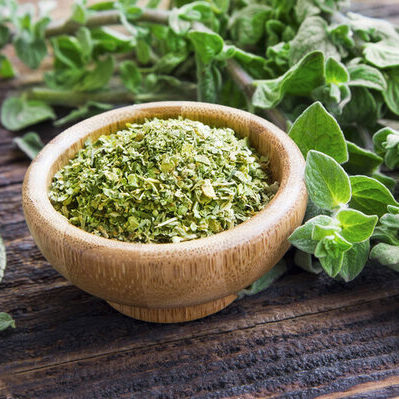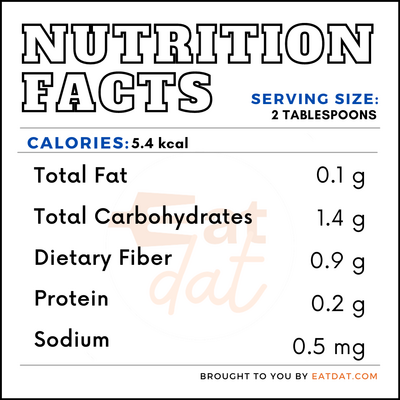
Oregano
What is Oregano?
Oregano is an herb from the dried or fresh leaves of the oregano plant (Origanum vulgare). This plant produces edible pink or purple flowers when in bloom. This herb is commonly used in dishes like pizza, pasta sauce, or roasted vegetables.
- It is also a popular ingredient in spicy and herbal blends and powders.
- This herb also produces an oil that people use topically.
Seven common varieties of this herb include:
- Ornamental
- Mexican bush
- Marjoram
- Cuban
- Italian
- Golden
- Greek
Origin of oregano
This herb originated in Greece with the word “oregano” coming from a Greek word, which means “joy of the mountain.” The ancient Greeks believed that this substance could calm the nerves and cure seasickness. They made creams from the leaves of this plant and used it to treat aching muscles, as well. The Romans also loved this herb because of its taste and how easy it was to cultivate. Their influence caused this herb to spread to North Africa and Europe.
Traditional Chinese doctors also used this herb to treat fever, jaundice, itchy skin, and vomiting. To this day, people in Europe still use oregano to cure coughs and help digestion. However, it wasn’t until World War II that cookbooks in North America began to mention this herb. American soldiers in the war would bring oregano to the US after discovering it during the Italian campaign.
Nutrition
Two tablespoons (2 g) of oregano contains:

This food has valuable health benefits. Here are some of them:
- This herb contains essential oils that can fight bacteria.
- It also has properties that may help protect against cancer.
- Compounds in this herb may help manage type 2 diabetes.
- The extract of this herb has anti-inflammatory properties.
Commercial production
It’s possible to cultivate this herb either from the seed or cuttings from an established plant. To cultivate this plant, the ground temperature has to be about 70°F. This herb grows well in light, properly drained soil, although moderately fertile soil is also good for this crop. This plant also does not require as much watering as other herbs. Regular trimming of this herb is required to allow the branches to grow well.
New Zealand is the world’s largest producer of this herb. The worldwide market for oregano essential oils was valued at $5 million in 2020. This value is expected to hit $ 7.2 million in 2027, with a growth rate of 5.1% between 2020 and 2027.
Application
The best place to store dried oregano is in an airtight container in a cool, dry, and dark place. If you want to keep this herb fresh, store it in a plastic bag in the fridge. This way, it can last for about seven days. You can also freeze it to make it last for up to a year.
There are a number of techniques to dry this herb for later use. First, remove the leaves from the stem of the plant and then, dry the stem and the leaves in different spots. It’s also possible to dry the entire plant without removing the leaves from the stem. When the whole plant is dry, you can proceed to remove the crisp leaves. The best place to dry this plant is a dry and dark place. This process will dry the leaves of the herb in two weeks.
Oregano recipes
This herb can liven up a variety of dishes. Here are a few popular recipes:
- Garlic and Oregano Pesto
- Spicy Oil and Vinegar Bread Dip
- One-Pot Lemon Oregano Chicken & Rice
- Greek Lemon Chicken and Potatoes
- Chicken Oreganato
FDA regulation
The Food & Drug Administration classifies oregano as a raw agricultural commodity. The organization regulates the growing, harvesting, packing, and holding of this herb. Furthermore, the FDA recognizes this food as a safe substance for any intended use.
References
“CFR – Code of Federal Regulations Title 21.” accessdata.fda.gov, US Food And Drug Administration, 1 Apr. 2019, www.accessdata.fda.gov/scripts/cdrh/cfdocs/cfcfr/CFRSearch.cfm?fr=182.10.
Henderson, Jayme. “Everything You Need to Know About Growing Oregano.” www.thekitchn.com, thekitchn blog. 1 May, 2019, http://www.thekitchn.com/everything-you-need-to-know-about-growing-Oregano-220612.
